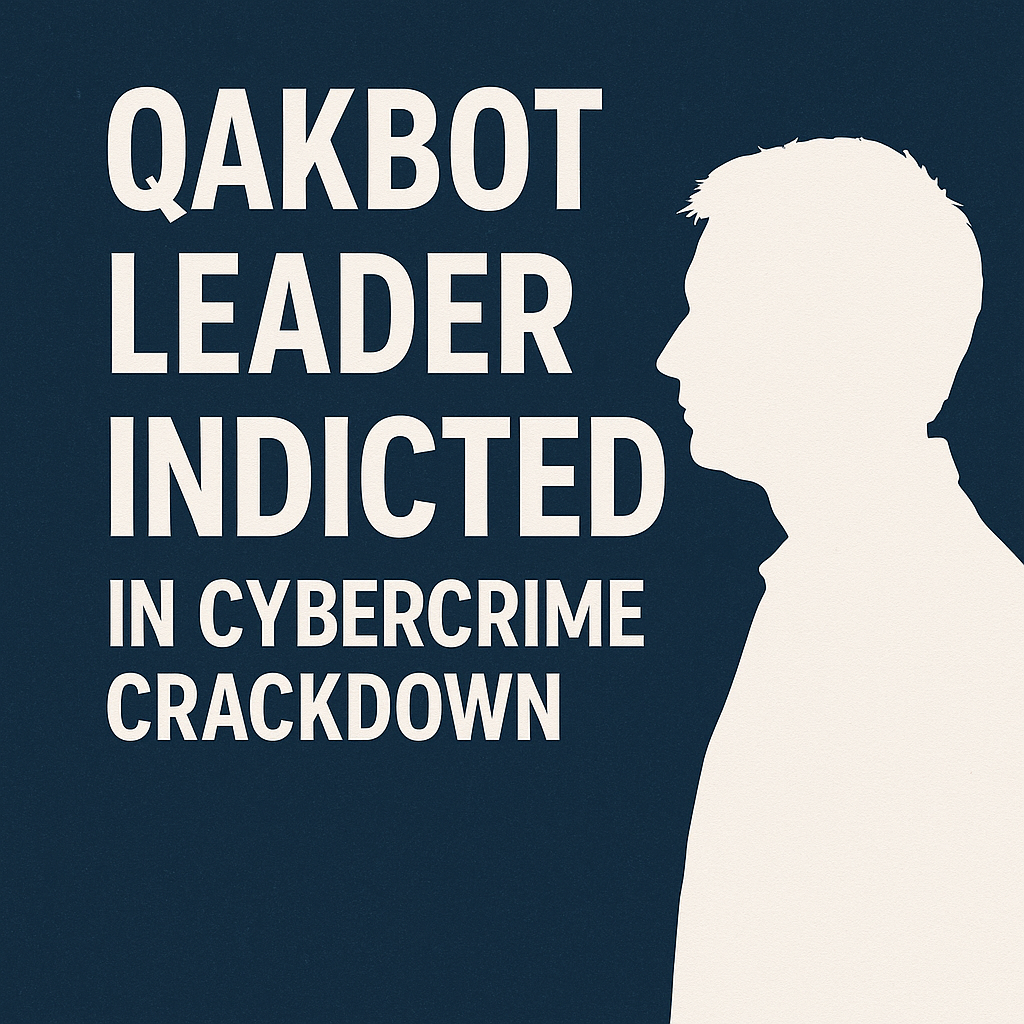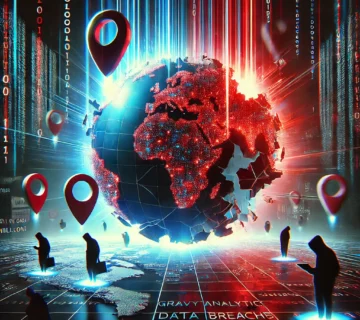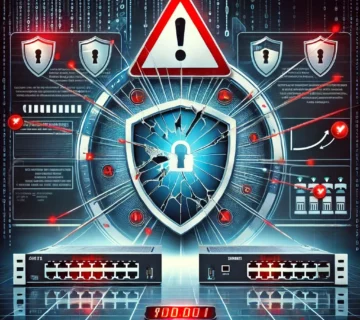Cybercrime Hits Record Levels in 2024: How AI is Making Attacks More Targeted
🎙️ Dive Deeper with Our Podcast!
Explore the latest Cybercrime Hits Record Levels in 2024: How AI is Making Attacks More Targeted Now with in-depth analysis.
👉 Listen to the Episode: https://technijian.com/podcast/ai-fueled-cybercrime-2024s-global-threat/
Subscribe: Youtube | Spotify | Amazon
In 2024, cybercrime reached unprecedented levels, evolving into a staggering global menace. With a total economic impact exceeding €10 billion ($10.4 billion) — double the losses reported in 2023 — this criminal enterprise now ranks as the third-largest global economy, surpassed only by the United States and China. The proliferation of cyberattacks, driven by financial gain, ideology, and espionage, has positioned cybercrime as an unstoppable force shaping the digital age.
The Scope of Cybercrime in 2024
In a world dominated by digital interactions, cybercrime has surged to encompass one in five crimes globally. In Spain alone, over 25% of all reported crimes occurred online, with scams accounting for the lion’s share. Predictions for 2025 indicate further growth, with complaints expected to reach 150,000, highlighting the relentless rise of cyber threats.
Key statistics from 2024 illustrate the alarming scale of cybercrime:
- Spain ranked as the fifth most affected nation globally, with 58 ransomware attacks in the first half of the year.
- The largest ransom ever paid, €72 million ($75 million), was recorded in 2024.
- 76% of organizations affected by ransomware reportedly paid the ransom, underscoring the pervasive nature of the threat.
AI’s Role in Amplifying Cyber Threats
Artificial intelligence (AI) has emerged as a double-edged sword in the cybersecurity landscape. While it aids in threat detection and response, cybercriminals leverage AI to craft highly targeted and convincing attacks. AI enhances the sophistication of phishing emails, improves the success rate of scams, and facilitates new methods such as “vishing” (voice phishing), which saw a significant rise in 2024.
AI-Driven Attack Techniques
- Tailored Phishing Emails
AI allows cybercriminals to craft emails with impeccable grammar and tailored messaging, making scams appear legitimate. - Voice Cloning
Advances in AI enable the replication of voices, including local accents, to deceive individuals into revealing sensitive information or granting system access. - Credential Theft
Malware powered by AI targets credentials stored in browsers or computers, later using this information to infiltrate corporate systems. - Zero-Day Exploits
AI aids in identifying vulnerabilities in software before patches are released, allowing criminals to exploit these flaws for maximum impact.
Industries Most Affected
Certain industries are more vulnerable to cyberattacks due to the sensitive nature of the data they handle:
- Industrial Manufacturing: Frequently targeted due to valuable intellectual property.
- Healthcare: Hospitals and medical institutions face ransomware attacks that can disrupt life-saving services.
- Energy Sector: High-value data and strategic importance make energy companies prime targets.
Notable Incidents
- In September 2024, energy company Repsol faced a cyberattack that compromised its electricity and gas customer database.
- In May, Iberdrola leaked personal information for 850,000 customers.
- Across Latin America, 39% of cyber threats targeted the energy sector.
The Economic Impact of Cybercrime
Despite significant investments in cybersecurity — Spanish companies alone allocated €1.2 billion in 2024 — small and medium enterprises (SMEs) remain underfunded and vulnerable. With 90% of cybersecurity spending coming from large corporations, SMEs are often left defenseless, amplifying their susceptibility to attacks.
Social Engineering: The Foundation of Cybercrime
Social engineering remains the most commonly used tactic by cybercriminals. By exploiting human emotions such as trust, curiosity, or fear, attackers manipulate individuals into performing actions that compromise security.
Common Methods
- Phishing: Fake emails trick users into sharing sensitive information.
- Fake Virtual Stores: During the holiday season, fraudulent websites exploit online shoppers.
Mitigation Strategies for Cyber Threats
Cybersecurity experts emphasize the importance of proactive measures to combat the growing threat:
- Regular Security Patches
Keeping systems updated minimizes the risk of exploitation. - Strong Password Practices
Regularly changing and using complex passwords reduces vulnerability. - Employee Training
Educating employees about cyber threats and preventive measures is crucial. - Adopting AI for Defense
Organizations can use AI for real-time threat detection and incident response, turning the tables on cybercriminals. - Basic Awareness and Common Sense
Users should critically evaluate suspicious messages and links, avoiding impulsive clicks or actions.
The Future of Cybersecurity
Looking ahead, the integration of generative AI into cyberattacks will likely escalate in 2025. Criminals are expected to refine their techniques, targeting high-value organizations with increasing precision. Emerging threats, such as ransomware targeting the healthcare sector, highlight the urgent need for global collaboration to address cybersecurity challenges.
How Technijian Can Help Combat Cybercrime
At Technijian, we specialize in delivering advanced cybersecurity solutions tailored to your organization’s needs. Our services include:
- Comprehensive Threat Monitoring: Stay ahead of cybercriminals with 24/7 surveillance of potential threats.
- AI-Driven Defense Mechanisms: Leverage cutting-edge AI to detect and neutralize attacks in real-time.
- Customized Security Training: Equip your team with the knowledge to identify and avoid cyber threats.
- Incident Response Planning: Minimize downtime and mitigate damage with a robust incident response strategy.
Protect your business and personal data from the ever-growing threat of cybercrime. Partner with Technijian to secure your digital future.
Frequently Asked Questions (FAQs)
1. What caused cybercrime to reach record levels in 2024?
Cybercrime surged in 2024 due to three main factors: espionage, financial gain, and ideology. The adoption of AI by cybercriminals enhanced their ability to craft highly targeted attacks, while the increasing digitization of industries provided more opportunities for exploitation.
2. How has AI contributed to the rise of cyberattacks?
AI has played a significant role by making cyberattacks more sophisticated and personalized. It allows cybercriminals to craft convincing phishing emails, perform voice cloning, and exploit vulnerabilities with greater precision. These advancements have made scams more credible and effective.
3. Which industries were most affected by cybercrime in 2024?
The industrial manufacturing, healthcare, and energy sectors were the hardest hit. These industries manage sensitive data and critical infrastructure, making them prime targets for ransomware and other attacks.
4. What are the most common methods used in cyberattacks?
The most common methods include:
- Phishing: Fake emails designed to steal personal information.
- Social Engineering: Manipulating individuals to gain access to sensitive data.
- Credential Theft: Using malware to steal stored login credentials.
5. How can individuals protect themselves from cyber threats?
To protect against cybercrime, individuals should:
- Use strong, unique passwords and change them regularly.
- Be cautious of suspicious emails and links.
- Keep software and systems up to date with the latest security patches.
- Educate themselves about common cyber threats and scams.
6. What steps can businesses take to safeguard their systems?
Businesses should invest in:
- Advanced cybersecurity solutions, including AI-driven threat detection.
- Regular training for employees on recognizing and responding to threats.
- Incident response plans to minimize damage in case of an attack.
- Regular security audits and updates to their systems.
7. What role does social engineering play in cybercrime?
Social engineering exploits human behavior, such as trust or fear, to manipulate victims into providing sensitive information or performing risky actions. It remains one of the most common and effective tactics used by cybercriminals.
8. Why are ransomware attacks so prevalent?
Ransomware attacks are profitable and relatively easy for cybercriminals to execute. They target valuable data and often force victims to pay large sums to regain access, as demonstrated by the record-breaking €72 million ransom paid in 2024.
9. What is the outlook for cybercrime in 2025 and beyond?
Cybercrime is expected to grow even more sophisticated with the integration of generative AI. Attackers will likely refine their techniques, targeting high-value industries and exploiting unpatched vulnerabilities at an increased rate.
10. How can Technijian help protect businesses from cybercrime?
Technijian offers advanced cybersecurity solutions, including real-time threat monitoring, AI-driven defense systems, employee training programs, and incident response planning. By partnering with Technijian, businesses can enhance their defenses against evolving cyber threats and safeguard their digital assets.





